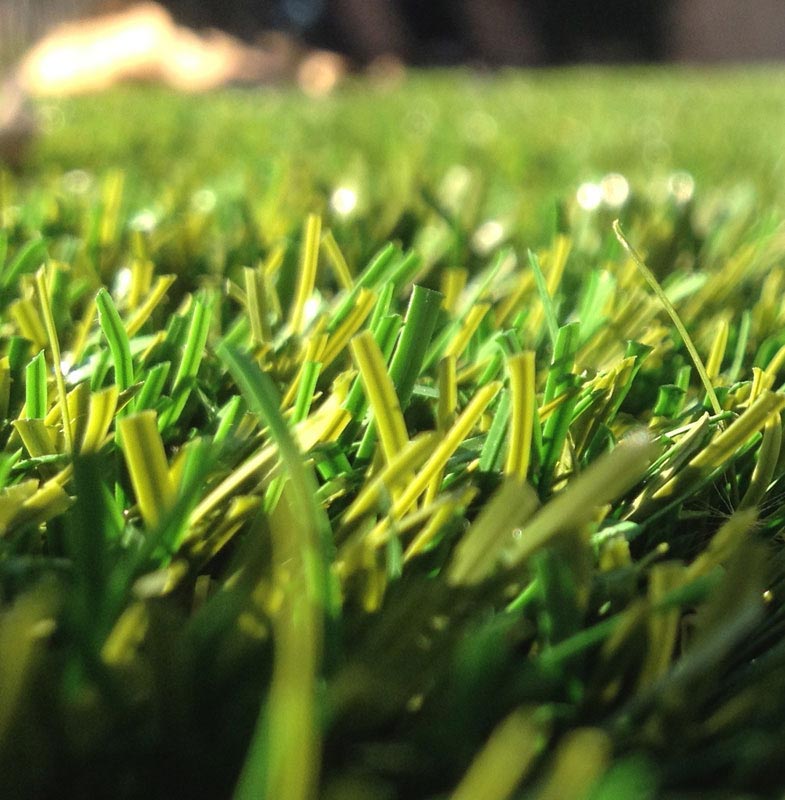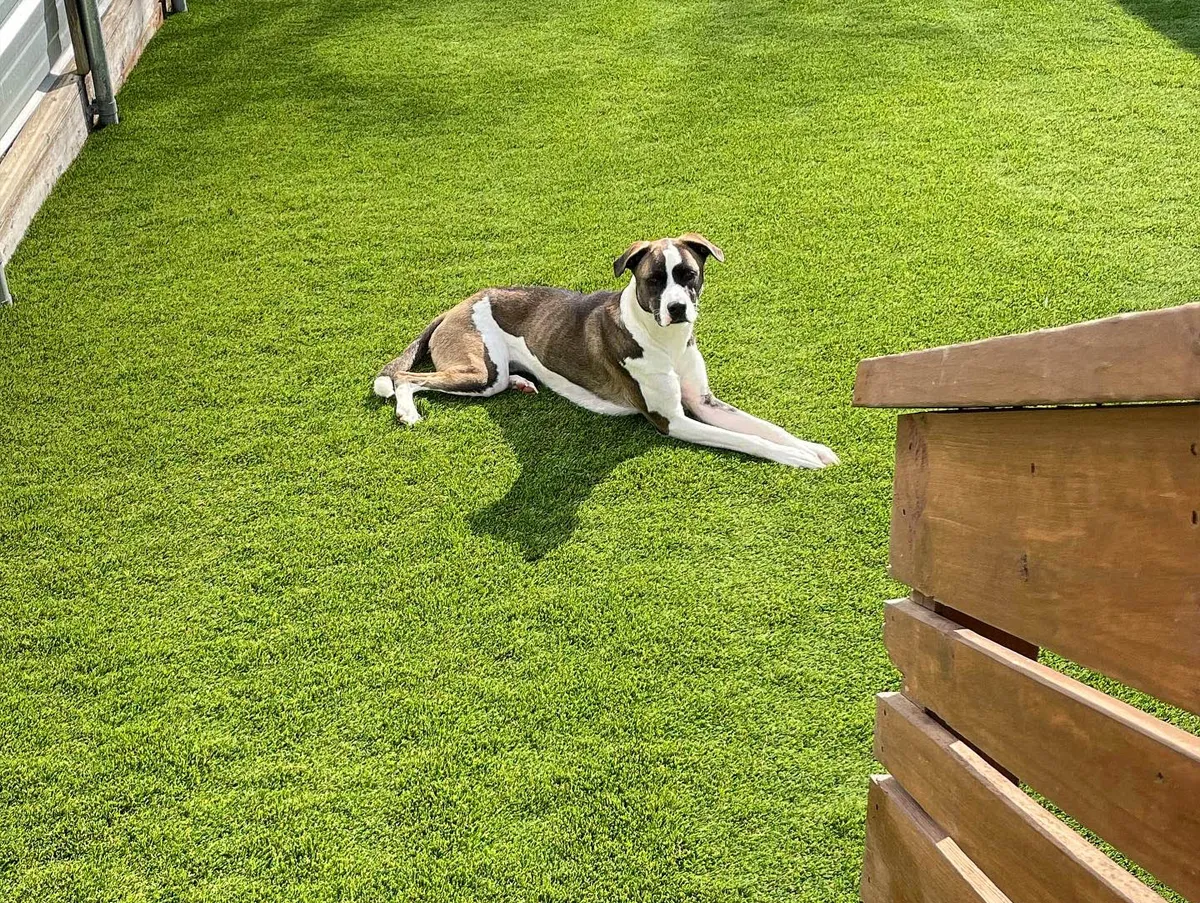Upgrade Your Yard with Expert Turf Installation Phoenix AZ Solutions
See Why Homeowners Prefer Artificial Lawn for Lasting Landscaping Practices
As house owners significantly focus on sustainability in landscape design, synthetic grass has arised as an engaging choice to conventional grass. Its capacity to preserve water, minimize maintenance efforts, and minimize environmental influence positions it as a useful choice for those looking for green solutions. Moreover, the visual allure and adaptability of synthetic grass cater to varied layout preferences. Nonetheless, the effects of this change prolong beyond mere convenience and looks, motivating a more detailed examination of just how these selections influence broader environmental end results. What continues to be to be explored is the full extent of benefits that artificial grass can provide to home owners and the setting alike.
Water Conservation Perks
One of the most considerable advantages of synthetic lawn is its role in water conservation. In contrast, artificial turf removes this need completely, as it does not call for watering.
In addition, the setup of synthetic grass can add to a more sustainable landscape. Homeowners can substantially decrease their water costs, permitting reallocation of resources to other ecological efforts or household usages. Furthermore, synthetic grass is created to stand up to various weather problems without the demand for extra watering, making it a suitable option for regions dealing with water deficiency.
The environmental advantages expand past instant water financial savings. By decreasing water intake, synthetic grass aids to minimize the effects of climate adjustment, maintaining essential ecological communities that are threatened by too much water extraction. As lasting landscape design practices get grip, synthetic grass becomes a liable selection for homeowners looking for to create green exterior areas.
Decreased Maintenance Initiatives
Synthetic grass considerably lowers upkeep initiatives contrasted to typical turf yards. With man-made grass, house owners can remove the time-consuming tasks related to natural landscaping, such as mowing, feeding, and weeding. This not just saves important time but also decreases physical labor, making lawn treatment obtainable for individuals of any ages.
One of one of the most significant benefits is the lack of normal mowing. Typical grass call for constant cutting to maintain a cosmetically pleasing height, whereas synthetic grass remains constantly lush without the requirement for reducing. Additionally, home owners no more require to apply chemicals or plant foods, which are typically needed to keep natural grass healthy and balanced. This shift not only lightens the work however also promotes a neater, much more consistent look year-round.
Furthermore, synthetic grass is durable and durable, needing very little upkeep beyond occasional brushing and washing to remove particles. This ease of upkeep permits house owners to enjoy their outdoor rooms without the consistent fear of maintenance, offering even more time for recreation and household tasks. Ultimately, the decreased maintenance efforts connected with artificial turf make it an attractive choice for those seeking a low-maintenance, visually appealing landscape.

Environmental Effect Decrease
There is a growing acknowledgment of the environmental benefits related to synthetic grass, particularly in terms of water conservation and reduced chemical check this site out use. Standard yards need substantial quantities of water, particularly in drought-prone regions, leading to enhanced pressure on local water resources. In comparison, artificial grass gets rid of the need for watering, significantly minimizing water consumption and promoting sustainability.
In addition, conventional grass maintenance often entails the application of plant foods, pesticides, and herbicides, which can add to dirt and water contamination. Synthetic lawn reduces this ecological danger by requiring minimal maintenance and virtually removing the requirement for hazardous chemicals. This not just enhances soil wellness yet additionally shields neighborhood environments from harmful runoff.
In addition, the production of all-natural turf yards usually involves the usage of nonrenewable fuel sources for cutting and landscaping equipment, more adding to greenhouse gas exhausts. By selecting synthetic grass, property owners can dramatically reduce their carbon footprint connected with yard care activities.
Aesthetic Appeal and Convenience
In addition to its environmental benefits, synthetic grass provides considerable aesthetic allure and adaptability for landscape design. House owners can attain a rich, environment-friendly appearance year-round, removing the seasonal fluctuations commonly associated with natural turf. This consistent aesthetic not just enhances the aesthetic appeal of a residential property but additionally adds to a polished and well-kept appearance.
Furthermore, synthetic grass is readily available in a range of styles, colors, and appearances, enabling modification to match individual choices and layout styles - Arizona turf. Whether made use of in residential gardens, industrial spaces, or recreational areas, it can perfectly incorporate right into diverse landscaping designs, from modern-day minimal to rich exotic setups
The adaptability of fabricated lawn extends past mere look; it can be set up in various areas, including roofs, patios, and also interior rooms, developing discover this info here chances for unique landscaping services. Furthermore, it appropriates for an array of activities, from children's play locations to pet-friendly atmospheres, offering capability without jeopardizing style.
Inevitably, the aesthetic allure and adaptability of synthetic grass make it an eye-catching option for home owners looking for sustainable landscaping options that do not compromise appeal for ecological duty.

Long-Term Price Cost Savings
One of the most engaging benefits of synthetic grass is its possibility for long-term expense financial savings. Unlike all-natural turf, which needs normal upkeep-- consisting of mowing, watering, fertilizing, and insect control-- man-made lawn considerably minimizes these recurring expenses.
Additionally, synthetic turf has a life expectancy of 15 to 25 years, relying on its top quality and use. This sturdiness lessens substitute prices, making it an extra affordable selection in the future. The initial financial investment in artificial lawn can frequently be redeemed via the financial savings accumulated over time.
While the in advance expense might seem greater contrasted to turf setup, the advancing savings from reduced upkeep and water use commonly exceed these preliminary expenditures. Ultimately, the fostering of browse around these guys fabricated grass not only advertises a lasting landscaping solution yet likewise provides property owners a financially wise choice that aligns with lasting budgeting goals.
Verdict
Synthetic grass becomes an engaging choice for lasting landscape design, offering substantial advantages in water preservation, decreased upkeep efforts, and lessened ecological impact. Its visual charm and flexibility boost the aesthetic landscape while straightening with modern-day sustainability objectives. Long-term expense financial savings contribute to its beauty for homeowners. As neighborhoods significantly prioritize ecologically pleasant practices, the adoption of fabricated turf represents a dynamic step towards achieving sustainable and resistant landscapes.
Additionally, synthetic turf is created to hold up against numerous weather problems without the demand for supplementary watering, making it a perfect choice for regions facing water deficiency. (Arizona turf)

Fabricated grass emerges as an engaging choice for sustainable landscape design, using considerable advantages in water preservation, decreased upkeep initiatives, and decreased ecological effect.